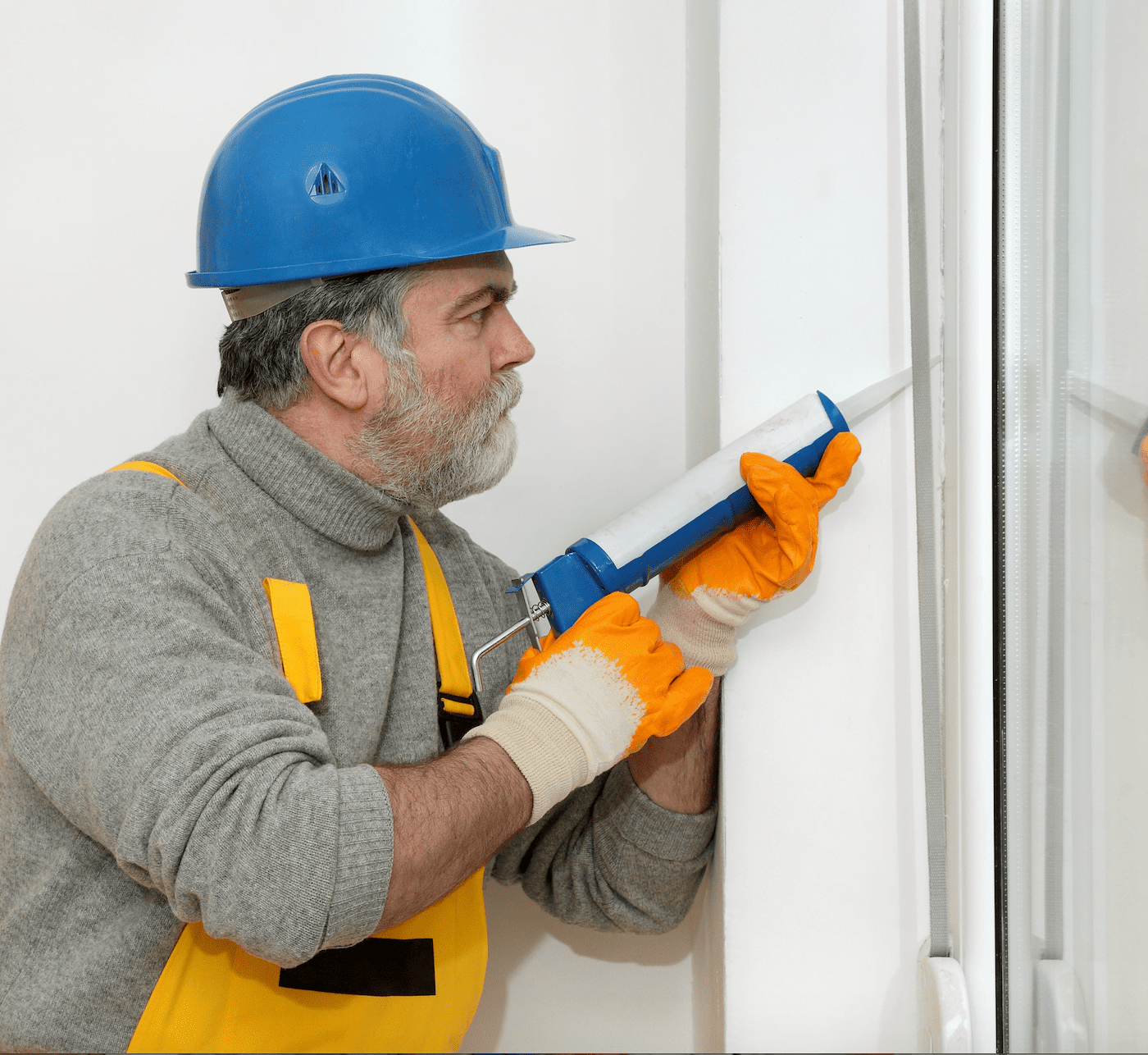
Each year, as the temperatures drop and the warm weather fades, contractors are faced with difficult questions: Can high performance sealants still be successfully installed? Will the products still perform as intended? By following guidelines set by sealant manufacturers such as Bostik and professional trade associations such as SWR Institute, high performance sealants in fact can be successfully installed during these colder months using a process called cold weather caulking.
While caulking does not have to stop once temperatures drop below 40ºF, certain specific considerations must be taken into account. Contractors, specifiers and engineers must consider the type of sealant, the substrate condition and total anticipated joint movement.
For example, while high performance elastomeric sealants, which are not water based, are not susceptible to freezing when exposed to temperatures less than 32ºF, they still are impacted. These sealants typically have longer skin and cure times in the colder, less humid weather. Both items are important for contractors to know before beginning cold weather caulking. The longer cure time can increase the potential for early joint movement, which is the amount of movement a sealant experiences prior to full cure time. This typically results in a cohesive failure of the joints. Secondly, the gunning, or pumping ability, of some elastomeric products can be affected regardless of the containers (cartridges/sausages, pails, etc.). It is best to acclimate the sealants prior to use to improve handling and its gunning. Ways to acclimate the product include placing it in a heated garage/shop the prior evening or using a “hot box”. Another method would be to keep it in the cab of a truck or van.

The substrate condition is also an important element to consider when cold weather caulking. It involves two areas: the surface condition and surface temperature. The surface condition is inclusive of any surface contaminants as a result of colder temperatures. For example, there now may be a dew or frost on the surface. Both can impede adhesion and promote premature cure times. All dew and frost must be removed prior to installing high performance sealants. Secondly, contractors must look at the actual surface temperature of the substrate; warmer substrate temperatures can help promote proper adhesion. Additionally, most primers rely on the evaporation of liquids (solvents) to properly prepare the surface to receive sealant and improve their adhesion; lower temperatures can extend the evaporation time of primers, thus extending the wait time for the surface to be ready for a sealant.
Furthermore, contractors also should consider the total anticipated movement the joints are expected to experience. The two aspects to be wary of are the sealant’s design and performance. The anticipated joint movement should be based upon a temperature range (cold to hot) or temperature differential. The intent is to have the sealant installed at median temperatures (not too hot and not to cold), which is around 80 ºF. This is the optimal temperature range because the anticipated movement of the joints is somewhat equal (i.e., the anticipated expansion is approximately the same as the compression). This means the joints are less likely to experience drastic movement in any one direction.
Sealants typically are classed relative to their movement capability, which is usually expressed in a percentage of the joint size. As an example, a class 25 product is expected to compensate for +/-25% joint movement. A 1-inch wide joint should be able to compress to 3/4 inch and expand to 1 1/4 inches in width as long as the joint configuration is within industry standards. However, at colder temperatures, the joints are "opened up" or wider when the sealant is installed. During that time, the compression can be more than expected. This results in more compression than extension, which can damage the sealant installed. Bostik products that fit these specifications are: Bostik 915, 915FS and Pro-MS 50.
While contractors must take special considerations into account when cold weather caulking, high performance sealants can be successfully installed in less then ideal temperatures. Please contact Bostik at 800-7-Bostik, and visit our sealant site to find a sealant that meets your needs.
